Kristin Lebeau Jr Olimpics Kristen Lebeau Jr Olympics Track and Fiels
It takes a strong person to live in South Dakota.
The harsh winters, the isolation of rural parts of the state, and the uncertainty of relying on Mother Nature to provide a livelihood in agriculture are all reasons some may choose to avoid living in the Mount Rushmore State.
But for those who live here, there's beauty in the prairie, in the Black Hills, in the serenity of a cold winter day. There's also ample opportunity to make an impact on the community, and from the state's inception, South Dakota women have been making their mark.
In August, America marks the 100th anniversary of the 19th Amendment, when women gained the legal right to vote. In commemoration of the occasion, the USA TODAY Network is naming 10 American women from all 50 states and the District of Columbia who've made significant contributions to their respective states and country as Women of the Century.
These women have a track record showing outstanding achievement in areas such as arts and literature, business, civil rights, education, entertainment, law, media, nonprofits and philanthropy, politics, science and medicine, and sports. Other requirements included U.S. citizenship and having lived between 1920 and 2020.
So many South Dakota women in the past century deserve recognition, and narrowing the list to 10 was a challenge for our expert panel. The original list of candidates surpassed 100. There's no way to properly acknowledge everyone, but we worked to capture women who, in the past century, have represented the state in a variety of areas, breaking down barriers for others and embodying South Dakota values.
Some of these names will be instantly recognizable. Some may bring memories of history lessons. But all 10 of these women have shown their resilience, strength and leadership. They've made their mark.
Becky Hammon
First full-time female assistant coach in the NBA
(1977- )
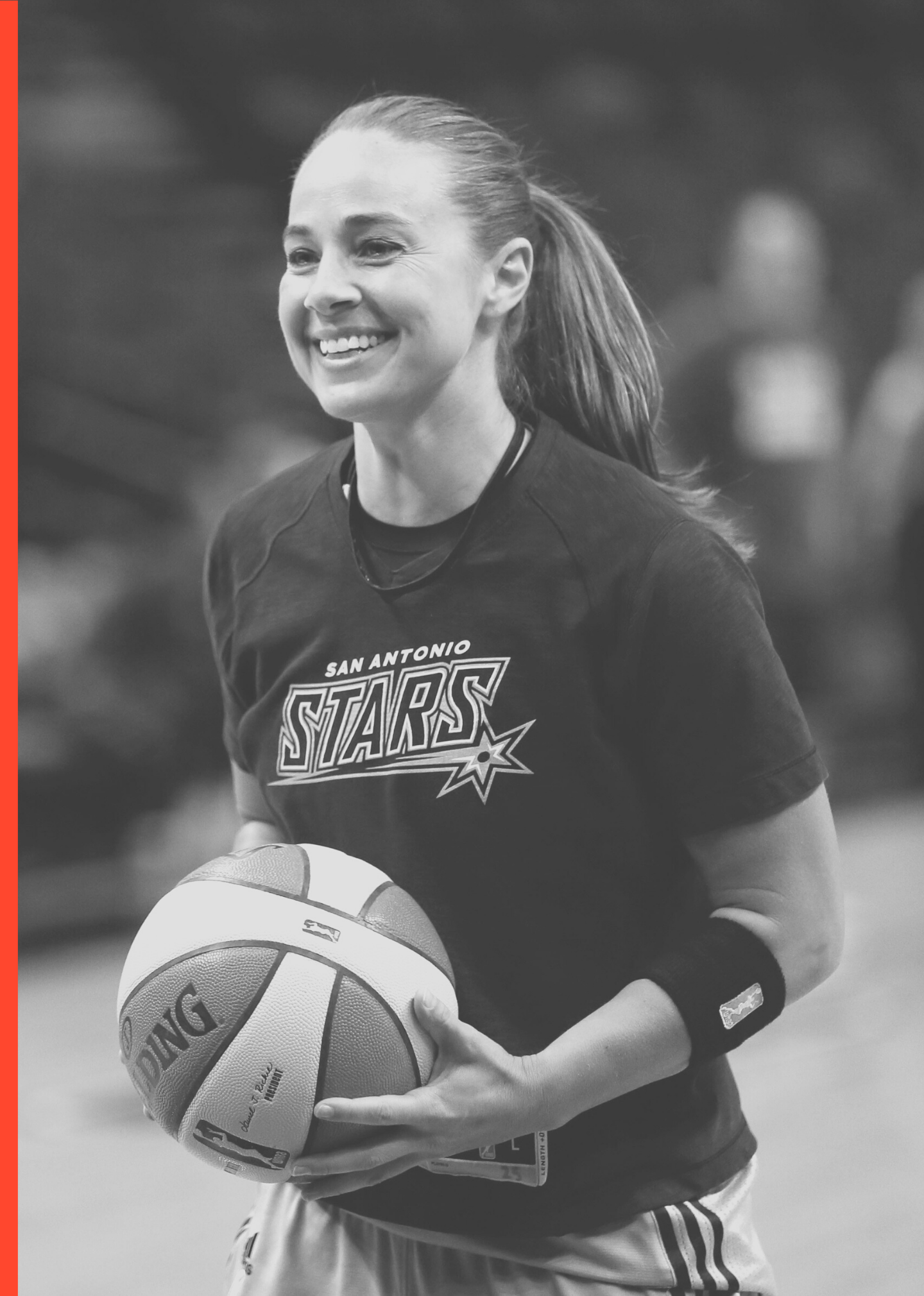
A native of Rapid City, Becky Hammon made history in 2014 when she was hired by the San Antonio Spurs of the National Basketball Association, becoming the first full-time female assistant coach in any of the four major professional sports leagues in North America.
Her success in that role has led to female coaching hires in other men's sports and sparked speculation that Hammon will become an NBA head coach. She has already been head coach of San Antonio's summer league team.
Undersized at 5-foot-6, Hammon was lightly recruited out of Rapid City Stevens High School but became a two-time All-American at Colorado State and the school's all-time leading scorer. She was undrafted by the WNBA but silenced doubts again with a career that included six All-Star appearances and more than 5,000 career points.
Hammon's popularity was tested in 2008, when she decided to play for Russia at the Beijing Olympics, where she helped that country earn a bronze medal while Team USA took the gold. But her coaching success in the NBA came as no surprise to basketball insiders.
In a 2013 poll, WNBA general managers were asked to name the player in the league with the highest basketball IQ. Hammon won easily with nearly 50% of the vote.
Christine Hamilton
Agricultural businesswoman
(1955- )
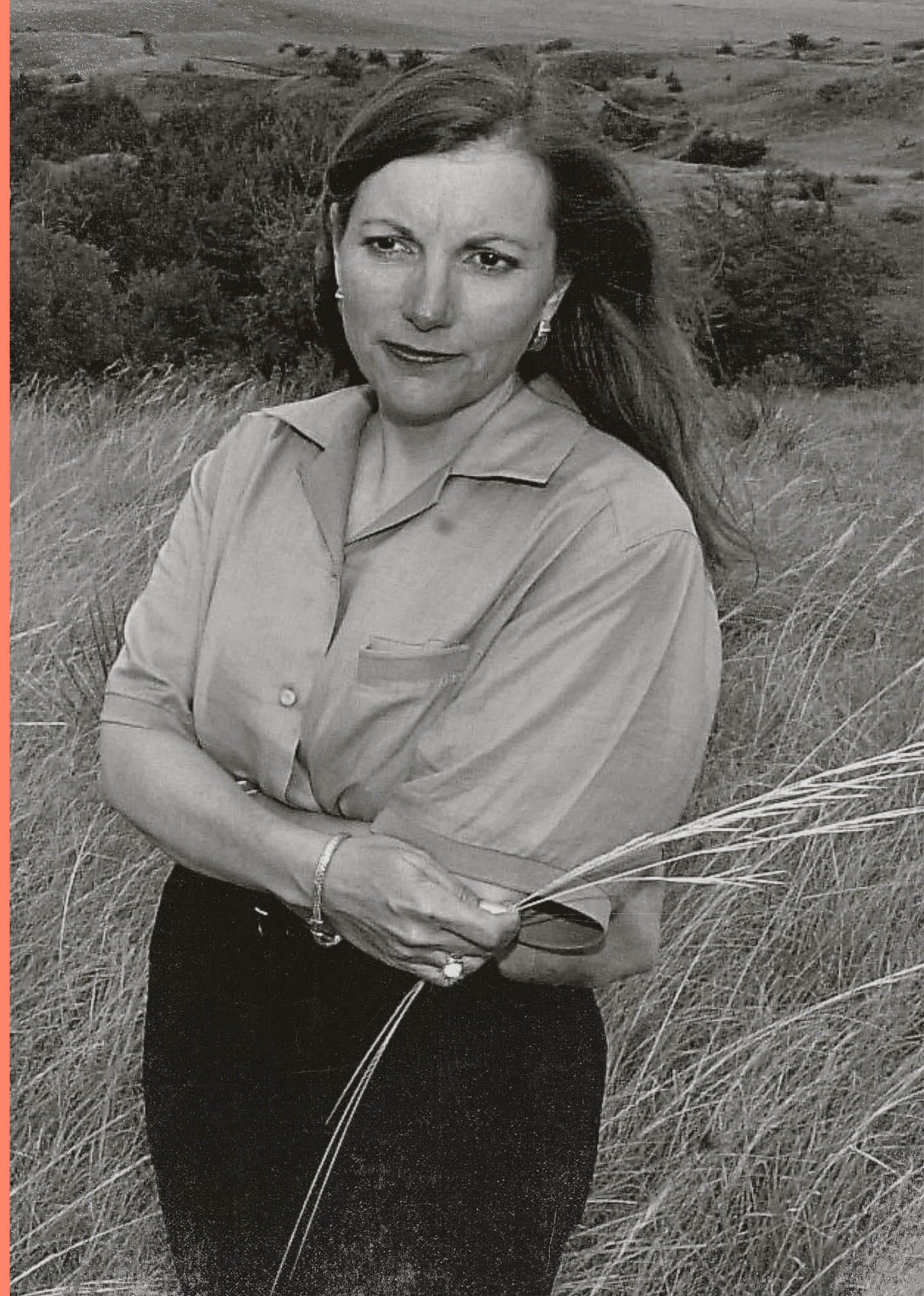
Described as a "pioneer in agricultural finance," Christine Hamilton is an agricultural businesswoman who has helped create opportunities for rural South Dakotans.
Hamilton is the owner and managing partner of Christiansen Land and Cattle Ltd., which includes several thousand acres of farm and ranch land across South Dakota.
Hamilton was adopted by a farming and ranching family in Kimball. She left South Dakota to attend the prestigious Smith College in Northampton, Massachusetts, where she graduated with a bachelor's degree in philosophy, before earning her MBA in entrepreneurship from the University of Arizona in Tucson.
In 2000, Hamilton founded the Matson Halverson Christiansen Hamilton Foundation (MHCH), a nonprofit that provides continuing education for people in rural communities. In addition to founding Dakota Packing Inc. in Las Vegas, she has helped found two Sioux Falls-area venture capital organizations.
Hamilton was one of 10 people inducted into the South Dakota Hall of Fame in 2016.
"Christine believes that following your curiosity leads to a well-rounded life," her profile on the South Dakota Hall of Fame website reads. "Just as she encourages others, she abides by this in her own life. Her impact is widely felt as her interests and expertise span several industries – banking, agriculture, and biotech, just to name a few."
Virginia Driving Hawk Sneve
Native American novelist and teacher
(1933- )

Virginia Driving Hawk Sneve, a well-known Native American novelist and teacher, is the first South Dakotan to ever receive the National Humanities Medal, presented by President Bill Clinton.
A South Dakota journalist born and raised on the Rosebud Indian Reservation, she was known for shining a light on the lives of tribal women, from the mystical to the political, in her book "The Dakota's Heritage." She filled cultural gaps left by non-Native American writers by writing fiction and nonfiction, according to the University of Minnesota.
For decades, she has written children's literature meant to dispel stereotypes and negative images of Native Americans, starting in 1972 with her first book, "Jimmy Yellow Hawk," and taking a hard look at what her own children were learning about their history, according to the National endowment for the Humanities in 2000.
"I write from my own experience and about Native Americans I've known all my life," she said in 2000. "The characters are believable children who live on modern-day reservations. In my nonfiction, I strive for accuracy and try to bring them up to contemporary times – not about people hunting buffaloes."
Driving Hawk Sneve also spoke at numerous literary festivals and received multiple other awards honoring her work. She also was an English teacher at several public schools and served as an editor of the Brevet Press in Sioux Falls.
Judith Meierhenry
South Dakota Supreme Court justice
(1944- )
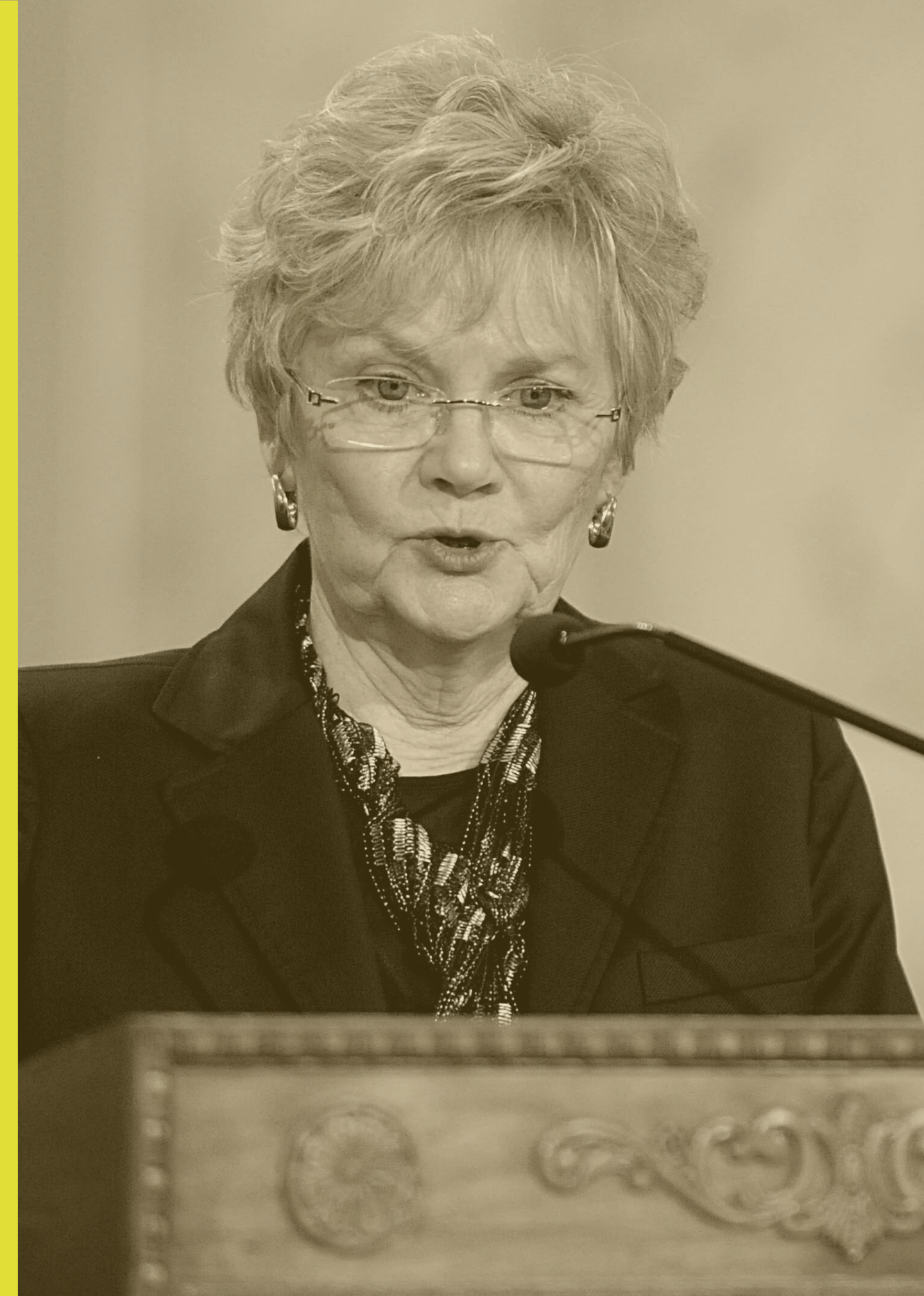
Judith Meierhenry was a South Dakota Supreme Court justice from 2002 until 2011. She was the first woman to serve on the state's highest court. She was the second woman to serve as a circuit court judge in Sioux Falls, a position she held for 14 years.
Meierhenry received her first degree from the University of South Dakota in 1966 and went on to become an English teacher at the high school and college level, including a few years at her alma mater. She returned to school and graduated from the University of South Dakota School of Law in 1977.
After law school, Meierhenry entered private practice in Vermillion with her husband, Mark, who went on to serve as attorney general of South Dakota from 1979 to 1987.
She and her family moved to Pierre in 1979, where she served as secretary of labor and secretary of education and cultural affairs under Gov. Bill Janklow.
She moved back to Sioux Falls and was Citibank's senior manager and assistant general counsel from 1985 to 1988, when Gov. George Mickelson appointed her to the Second Circuit as a judge. She became the presiding judge for the circuit, which includes Minnehaha and Lincoln counties, in 1997.
The Gregory County, South Dakota, native also traveled to the Ukraine with her sister to write a book about her family, a 302-page book called "Steppes in Time."
Kristi Noem
First female governor of South Dakota
(1971- )
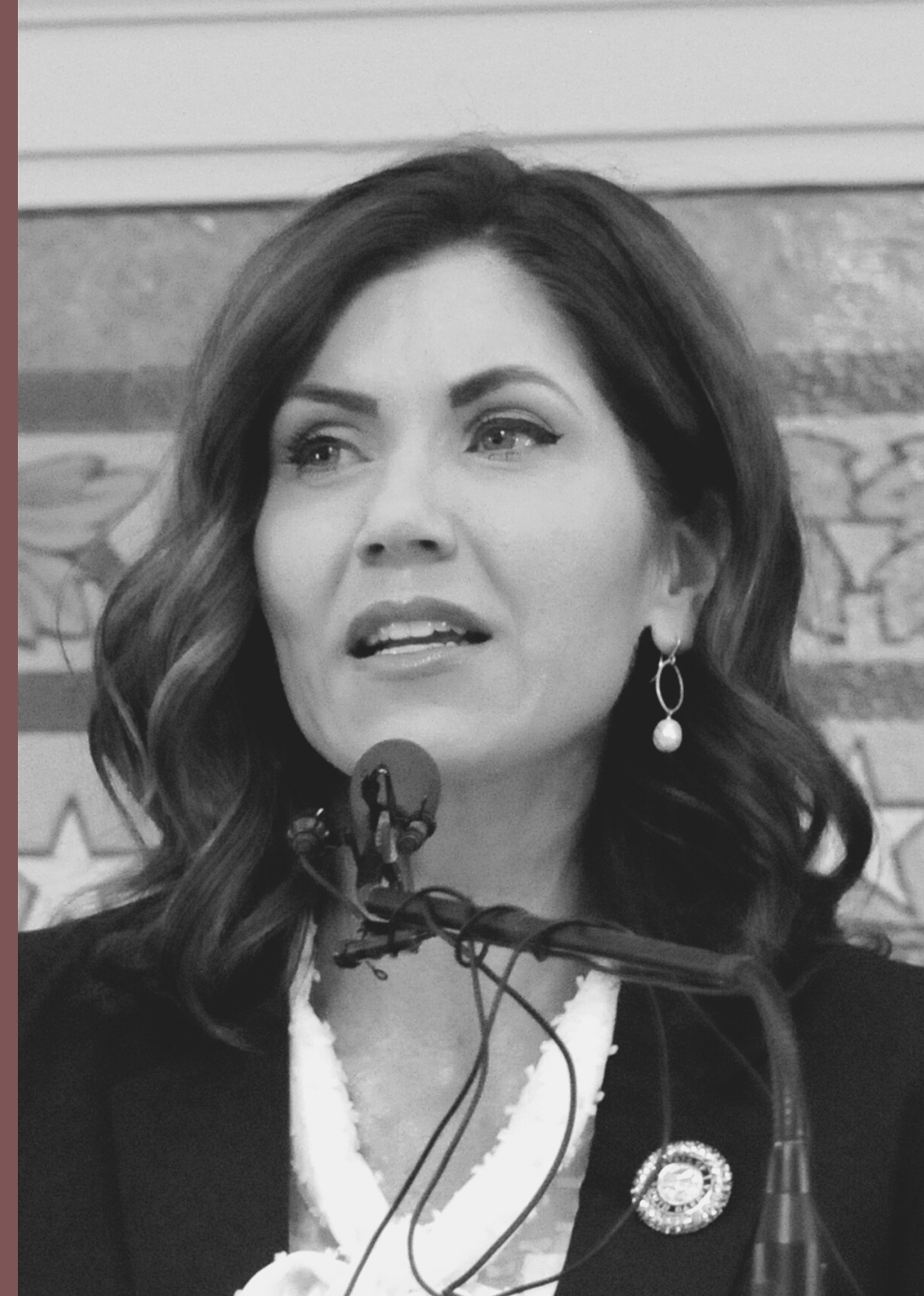
Kristi Noem was elected in 2018 as the first female governor of South Dakota.
Noem grew up on a farm and ranch near Castlewood, South Dakota, a small community in northeast South Dakota. After graduating from Hamlin High School, she enrolled at Northern State University in Aberdeen, South Dakota, but left after her father was killed in a grain bin accident in 1994.
The Republican was elected to the South Dakota House of Representatives in 2006. In 2010, she was elected South Dakota's lone member of the U.S. House of Representatives, where she served eight years. During that time, Noem helped negotiate two farm bills and helped pass legislation to combat human trafficking, an issue she continues to tackle as South Dakota's 33rd governor.
Noem took classes while she served in the South Dakota House of Representatives and took online courses and received intern credits for her work in Congress. She earned a degree from South Dakota State University in 2012.
Sister Margaret Raphael McCarthy
Health care leader and mother superior
(1888-1966)
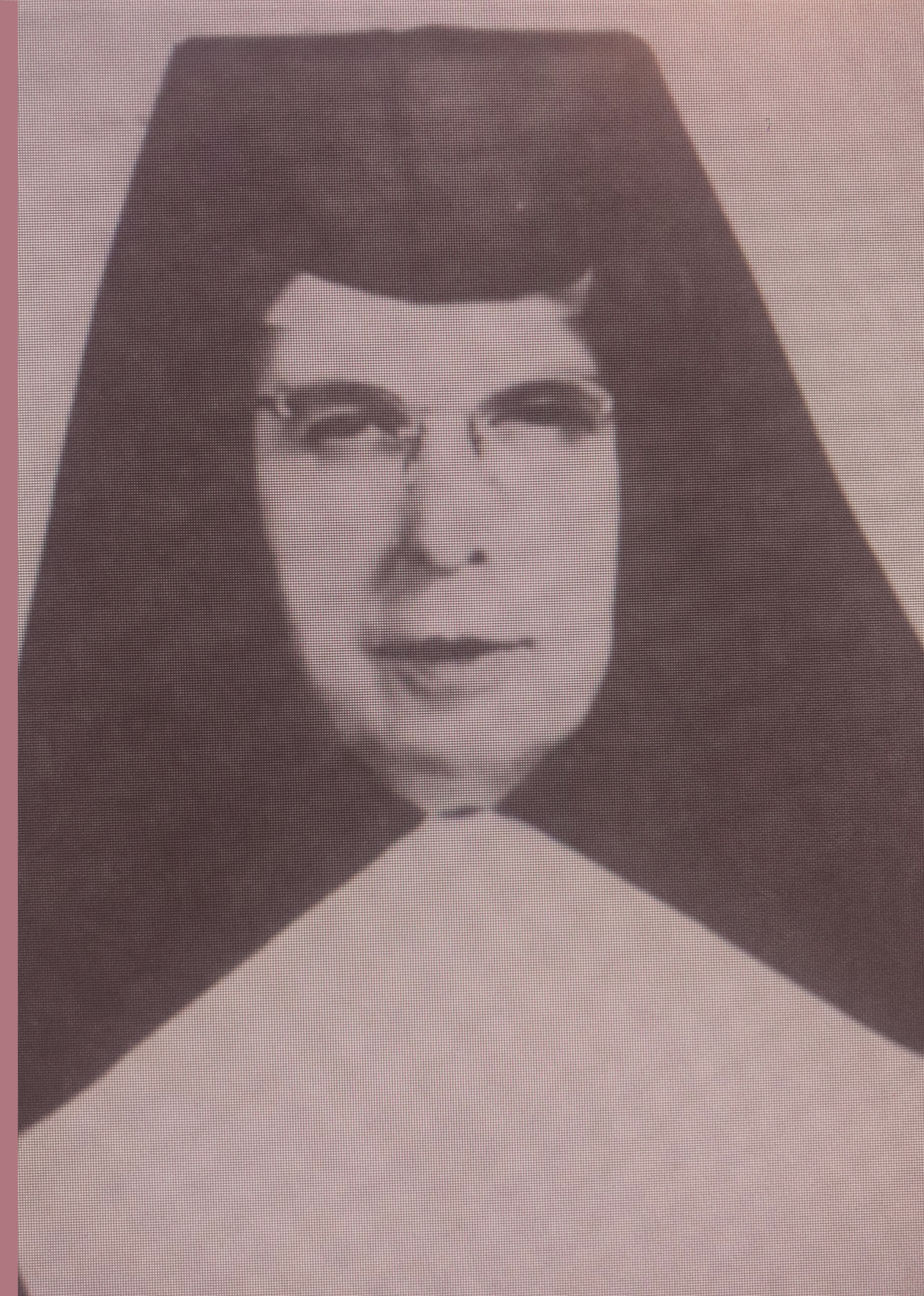
Sister Margaret Raphael McCarthy was integral to Avera Health's expansion in the mid 20th Century, helping the health care system achieve its success today. The Presentation Sister joined the convent when she was 19. She served as mother superior from 1931 to 1946, carrying the convent, its schools and hospitals through the Great Depression and World War II.
During her tenure as mother superior – heading a four hospital wide business – she negotiated multiple loans that helped expand care through the Presentation hospitals in Aberdeen, Mitchell, Sioux Falls and Montana, which addressed the increased need for social services in the growing region. During World War II, the Presentation hospitals participated in the United States Cadet Nurse Corps training program under McCarthy's watch. The separate hospitals centralized to meet requirements for the program, eventually becoming the Avera Health system, as it's known today.
By the end of McCarthy's leadership, the Presentation Sisters numbered 221 nuns, owned more than $2.3 million in land and property and ran four hospitals, 16 schools, an orphanage and a junior college, according to research from Augustana University Professor Margaret Preston. She purchased 100 acres in Aberdeen to eventually house a new convent. After serving as mother superior, she raised money for the sisters' mission and spent her remaining years as an administrator at a Presentation-run retirement home in Aberdeen.
Marcella LeBeau
World War II U.S. Army Nurse
(1919- )
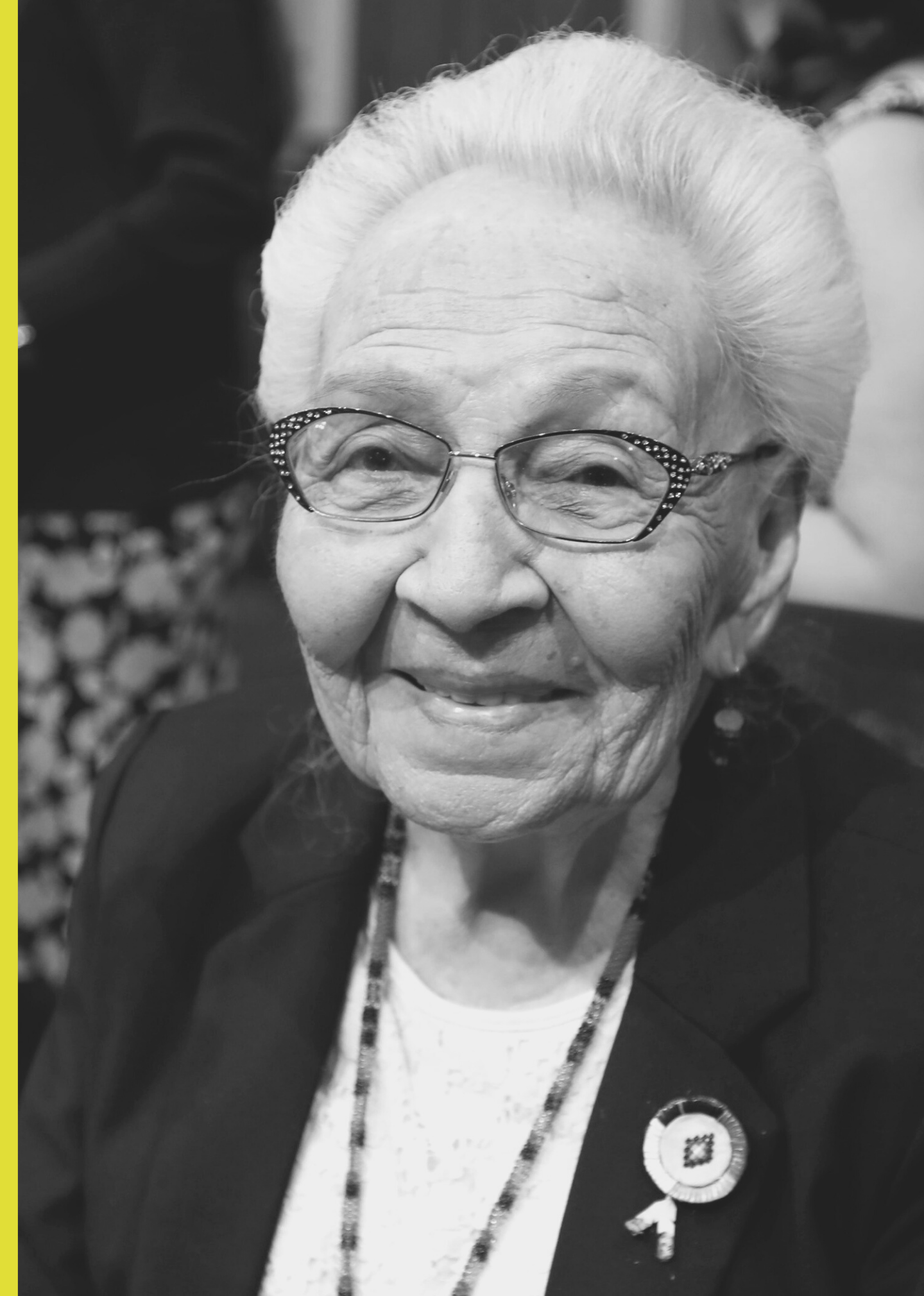
Marcella LeBeau, whose Lakota name is Wignuke Waste Win (Pretty Rainbow Woman), is a member of the Two Kettle Band Cheyenne River Sioux Tribe. She served in the U.S. Army Nurse Corps during WWII, where she earned six medals, including the French Legion Medal of Honor awarded in France in 2004. After she returned to South Dakota from the war, she worked as a nurse practitioner, eventually working for Indian Health Services for 31 years and serving as the Eagle Butte IHS director of nursing.
LeBeau continued to influence South Dakota outside of her nursing career as a founding member of the North American Indian Women's Association and member of the Cheyenne River Sioux Tribal Council from 1991 to 1995. During her time on the council, she helped pass a smoke-free policy in tribal chambers and later influenced the tribe to become the first in South Dakota to pass a smoke-free-air act in 2015.
LeBeau was inducted into the South Dakota Hall of Fame in 2006. She received several awards for her dedication to health care in the state, and she earned an honorary doctorate degree in public service from South Dakota State University in 2018.
Information about LeBeau's history was featured in the US Department of Veterans Affairs "Veteran of the Day."
Stephanie Herseth Sandlin
First South Dakota woman elected to the U.S. House of Representatives
(1970- )

After graduating as valedictorian from Groton High School, Stephanie Herseth Sandlin left South Dakota for Georgetown University. There was a sense among political observers that someday she would return. And when she did, she would be a political force.
Herseth Sandlin was born to a prominent family in Democratic politics: Her grandfather, Ralph, had served as governor while her grandmother, Lorna, had been secretary of state. Lars Herseth, her father, was a longtime Democratic leader in the Legislature who just missed being elected governor in 1986.
Herseth Sandlin graduated from Georgetown University in Washington, D.C., with a degree in government and then went on to earn a law degree from Georgetown, graduating with honors.
In 2002, her first chance at political office arrived: then-Rep. John Thune departed office, leaving an open seat. Herseth Sandlin won the Democratic nomination, but in the general election she was defeated by Bill Janklow, a popular four-term former governor.
Janklow resigned his House seat in January 2004, triggering a special election to replace him. This time, Herseth prevailed in the June 1 election, becoming the first woman in South Dakota history to be elected to the U.S. House of Representatives. She won again in November for her first full term and settled into a career where she advocated for the state, particularly its agriculture sector.
Herseth Sandlin lost reelection in 2010, one of dozens of moderate Democrats swamped by a Republican wave.
After her time in politics, she served as a general counsel to Raven Industries, and in 2017 she was appointed president of Augustana University, a post she now holds.
Gladys Pyle
United States Senator and women's suffrage advocate
(1890-1989)
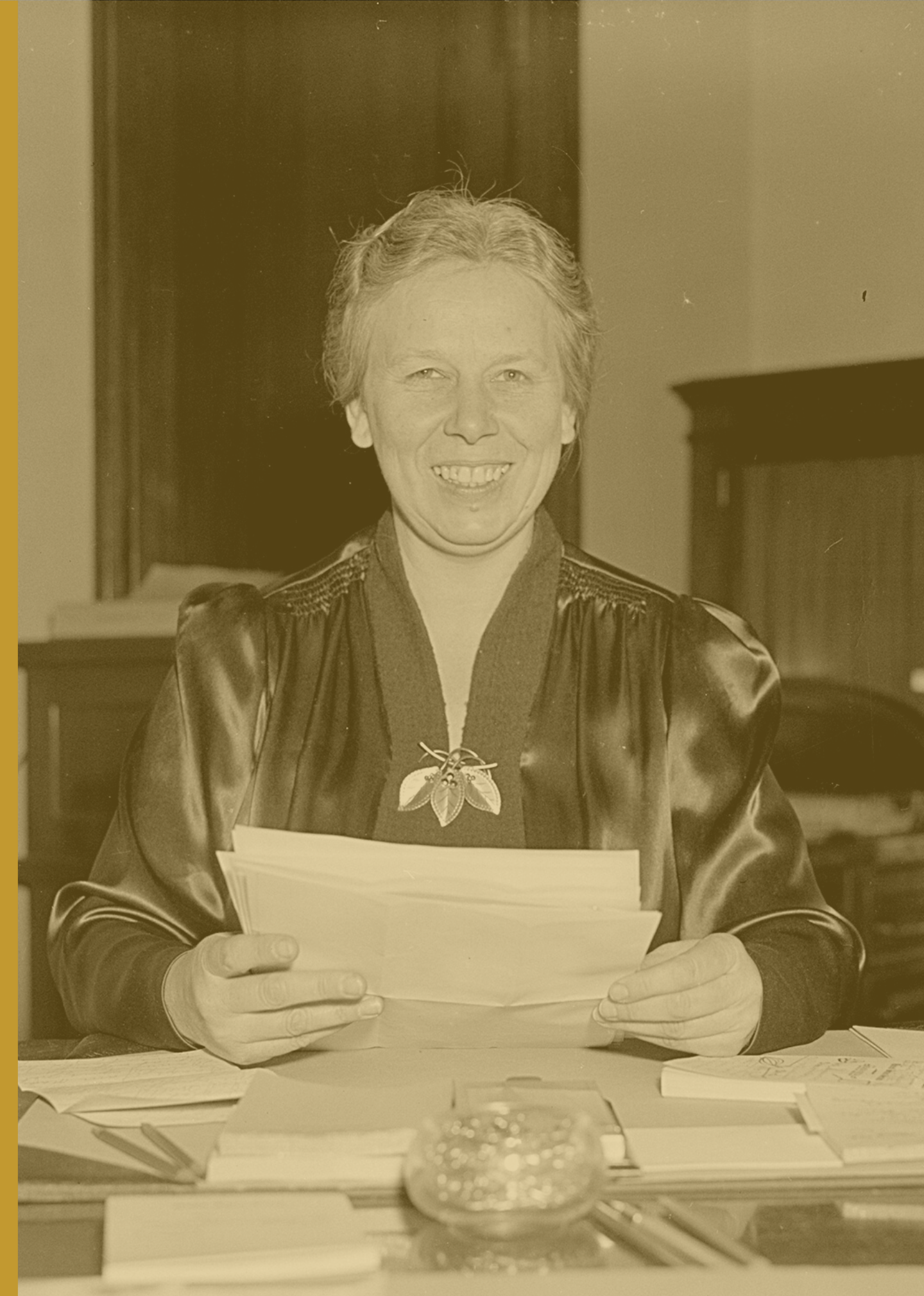
Gladys Pyle was destined to blaze trails.
Born to politically active parents – a father who served as state attorney general and a suffragist mother, Mamie – Pyle followed in her mother's footsteps, helping women win the right to vote in South Dakota in 1918 and with passage of the 19th Amendment, giving women the vote nationally in 1920.
She then proceeded to set firsts: First woman elected to the South Dakota Legislature in 1922; first secretary of state in 1926; the first woman allowed on the floor of New York Curb Market – later renamed the American Stock Exchange – while serving as the secretary of the South Dakota Securities Commission; and in 1938, the first woman elected to the U.S. Senate without previously having been appointed and the first Republican ever.
During her brief spell in the Senate – she served until January 1939, to fill the remaining term of Peter Norbeck, who died in office – she persuaded Norwegian officials to have the crown prince and princess of Norway visit South Dakota in 1939.
In 1940, Pyle became the first woman to nominate a presidential candidate during the Republican convention in Philadelphia. And in 1947, she joined five other women to become the first jurors in South Dakota history.
In private life, Pyle ran an insurance business.
Anna Rebecca Simmons
Women's suffrage advocate
(1848-1936)
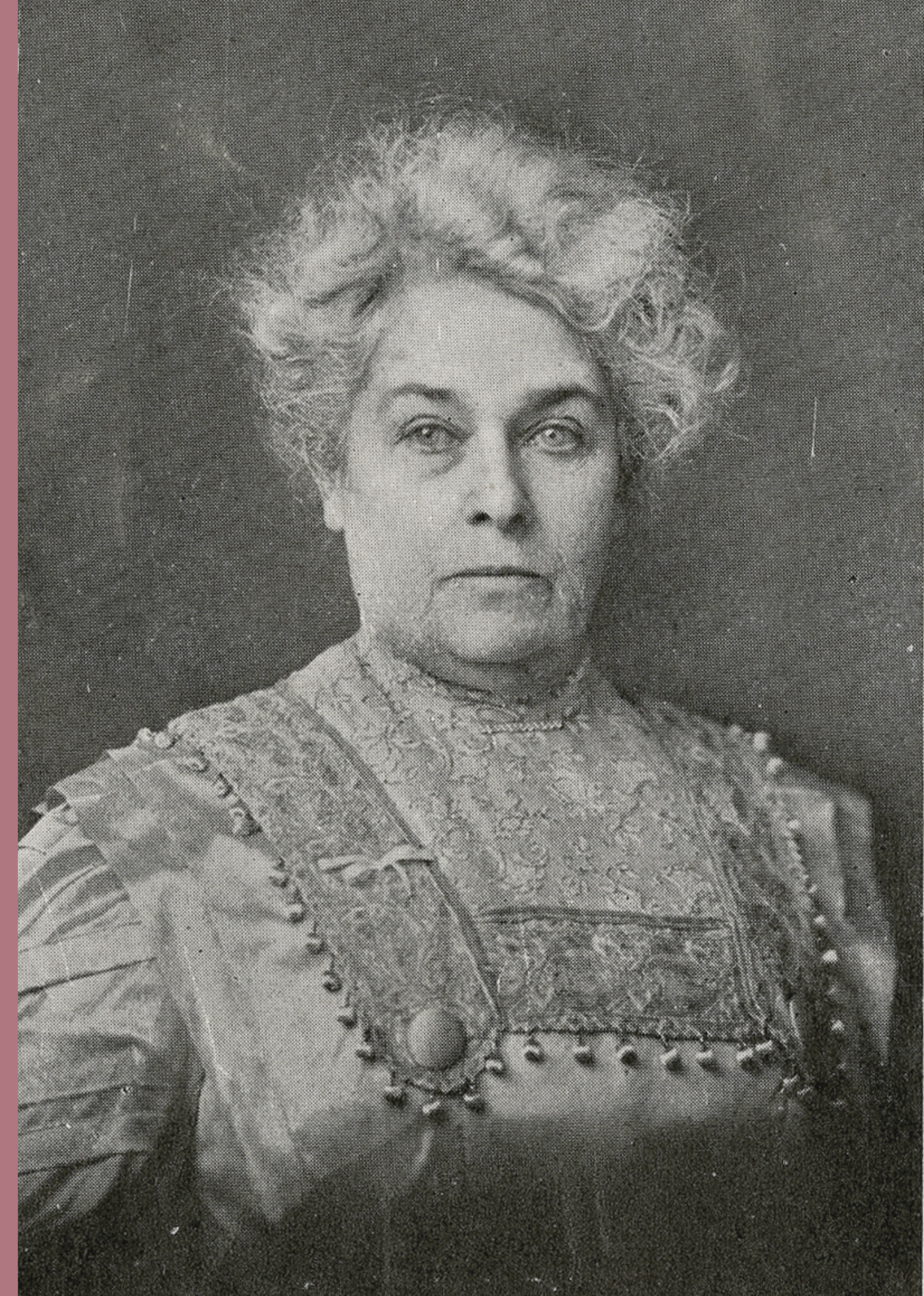
Anna Rebecca Simmons was one of the key figures in achieving the women's right to vote in South Dakota, taking the fight to state leaders and achieving national acclaim for her efforts.
She served as president of the South Dakota Equal Suffrage Association and helped lead the South Dakota Women's Christian Temperance Union, working to push through an equal suffrage amendment on the state ballot in 1898 for voting in school elections.
Susan B. Anthony came to South Dakota as part of that effort, and the iconic suffrage leader later invited Simmons to address the franchise committee of the United States Senate.
It was in 1918 that South Dakota voters approved a constitutional amendment granting women voting privileges in state elections, a testament to the work of Simmons as well as trailblazers such as Helen Barker, Elizabeth Wardell, Alice Pickler, Emma Cranmer, Gladys Pyle and Mamie Shields Pyle.
In speaking of the difficulty of campaigning for women's issues in her day, Simmons said: "I found that we might as well go out and try to dam the Mississippi or the Missouri River with our bare hands."
Sources used in the Women of the Century list project include newspaper articles, state archives, historical websites, encyclopedias and other resources.
Kristin Lebeau Jr Olimpics Kristen Lebeau Jr Olympics Track and Fiels
Source: https://www.usatoday.com/in-depth/life/women-of-the-century/2020/08/13/south-dakota-woman-voting-rights-rapid-city-sioux-falls/4939611002/
0 Response to "Kristin Lebeau Jr Olimpics Kristen Lebeau Jr Olympics Track and Fiels"
Post a Comment